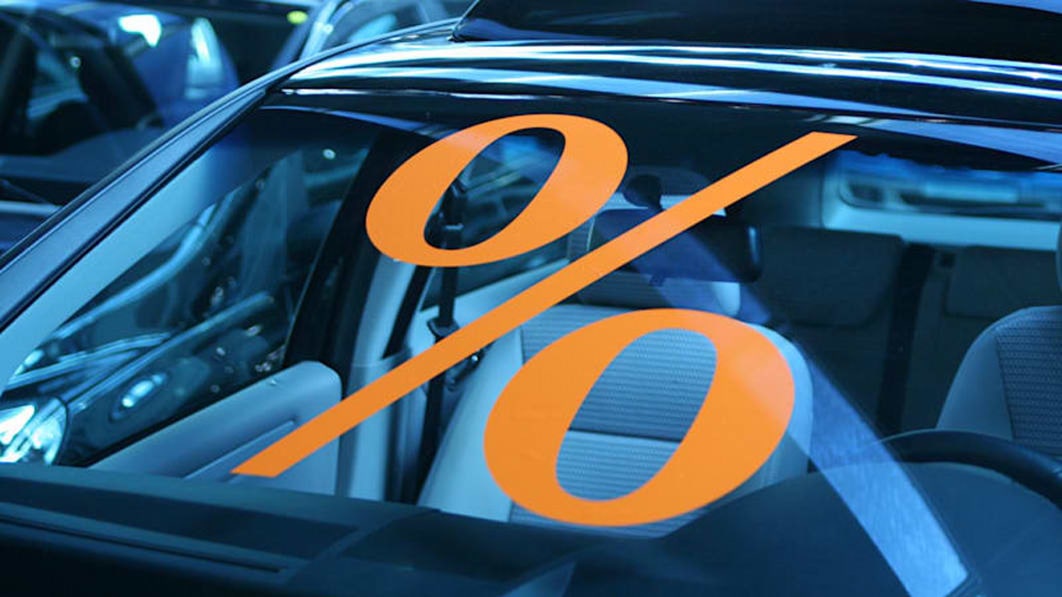
This is part of our Car Buyer’s Glossary series breaking down all the terms you need to know if you’re buying a new or used car from a dealership.
The annual percentage rate, or APR, is pretty easy to understand – and that’s good news, because there are plenty of other things to think about when buying a new car. So we’ll try to make this nice and short so you can learn what you need and then spend your valuable time shopping for a car.
Auto loans, as you probably know, carry an interest rate. Generally on a new car loan it’s a fixed rate. So you’ll apply for the loan, the lender will examine your credit score and history, and offer you an interest rate – which is how much it’ll cost you to take out the loan over the term (time of the loan), expressed as a percentage.
The APR is something the government asked lenders to provide as part of the Truth in Lending Act of 1968. By law, the APR must include some fees and charges that are part of initiating a loan but wouldn’t be obvious by just looking at the raw interest rate. It’s intended to protect consumers, and we think it does that and serves as a great way to compare loans with each other.
The APR takes the interest rate and any fees associated with the loan – basically, the total cost of taking out the loan, over the whole term of the loan – and then averages that as an annual percentage. That percentage lets you compare loans to each other and figure out how much each one is going to cost you per year.
Here’s another way to think about it: even though there may be differences between loans due to the interest rate or the fees involved, the APR is an apples-to-apples comparison of the total cost of the loan.
That’s it! Use the APR to help shop for the best possible rate, considering the total cost of the loan. Happy shopping.
Related Video:
